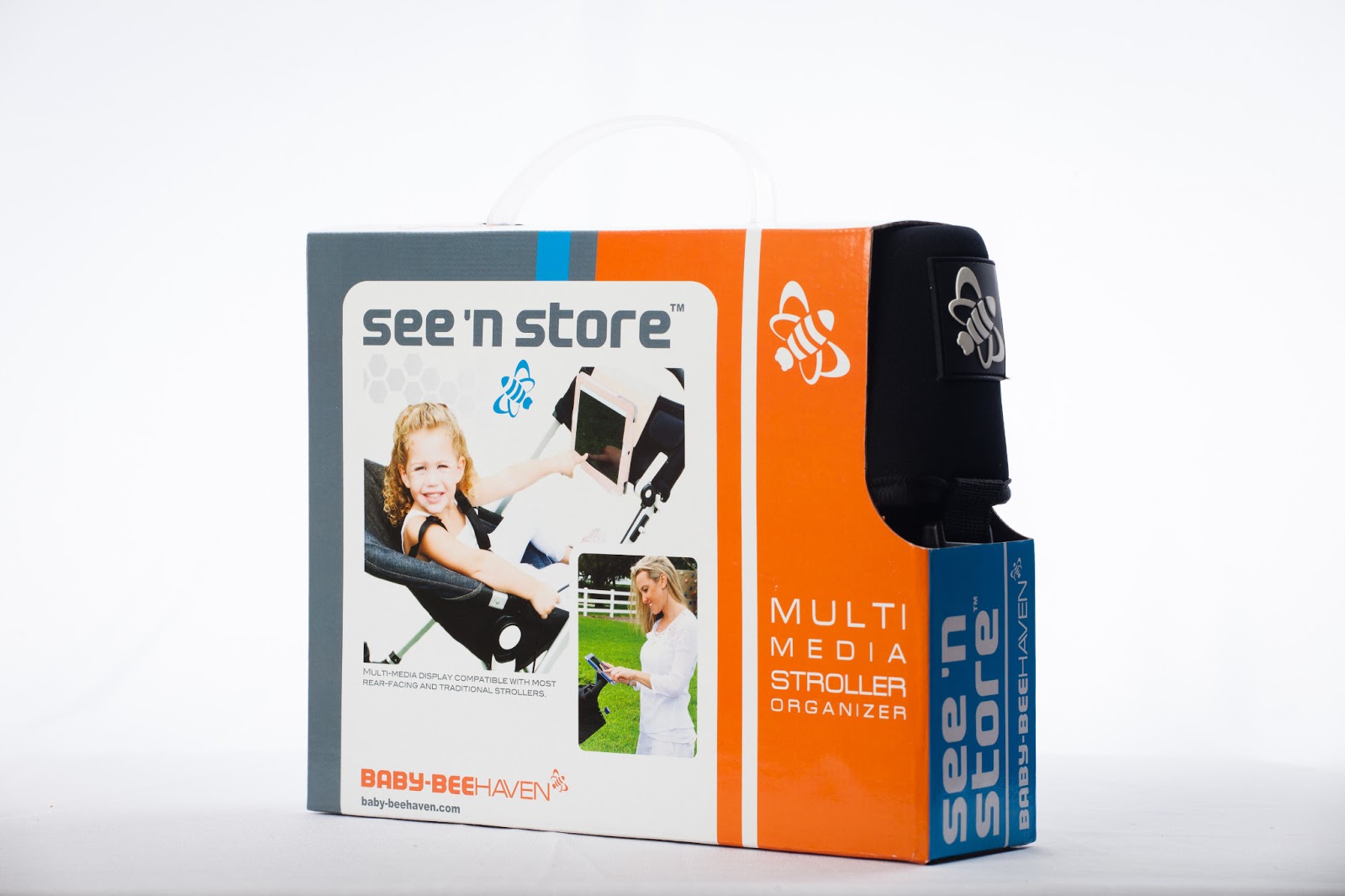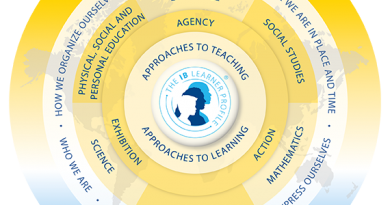What are the 5 basic steps of supply chain management?
To assure supply chain management’s longevity and effectiveness, it possesses five qualities or components. Which method of supply chain management is the most efficient?
At the most basic level, it consists of five processes: Plan, Source, Make, Deliver, and Return. Let us examine each section in turn: Planning is critical for inventory management and production processes.
We are aware of just four components of world models and simulations: products, facilities, vehicles, and routes. These organizations work together to create a supply chain, which is what drives commodity supply.
Then What is the first stage of the supply chain management process? Plan. The first step toward obtaining products for the store is to plan ahead. It is vital for us to ascertain how our products and services will meet our consumers’ needs. The primary objective at this stage should be to design a strategy that maximizes profits.
Supply chain management techniques are required to ensure the successful completion of a product. The majority of businesses may benefit from implementing workflows and flowcharts to improve their supply chain management.
Contents
Plan
Planning is very important for improving the efficiency of the supply chain. Planning helps with inventory management and the distribution of resources. When a company controls supply and demand, it can better manage its cash flow and meet customer expectations. Another benefit of planning is that businesses can combine shipments to get better economies of scale. They can also use predictive analytics to make more accurate predictions.
One of the most important things procurement teams have to decide is whether to make or buy finished goods.
In this case, the next question is where the company will get its raw materials. This is a question that you need to answer before you can figure out what the scope is going to be.
This happens when a company buys finished goods and then sells them to a customer. These products will come from where?
There are steps in the strategic planning process that deal with the design and acquisition of supply networks.
For planning applications, a supply chain model is made, looked at, and improved. In order to make plans, the network’s locations, transit routes, resources, and goods are all modeled so that they can be used. When new things happen, supply network alerts can help you react quickly and accurately by monitoring them.
There are many ways to use the Strategic Sourcing Process. It can be used to choose a core group of suppliers and set out how procurement will work. Vendor analysis and purchasing data are used to look at suppliers. Performance management is used to help with strategic sourcing by looking at how much money is spent and how well contracts are kept.
Source
After you find a place to buy something, the next step is to pick a component that fits.
It can’t be stressed enough how important this stage is to the whole supply chain.
A vendor who is willing to work out a deal and give you the quantity you want is a gold mine.
If you choose the wrong supplier, it will have an effect on the whole chain of production.
You’ll need to find vendors, look at them, and see if they meet your needs.
These methods and Consensus Demand Planning are part of Demand Planning, which also includes all of the above methods and more.
It predicts what people will want in the future based on historical and subjective data. Statistics, causal analysis, and human judgment can all be used to make forecasts. People can also use their own intuition to make them. Analytics that track forecast accuracy can help to improve forecast accuracy while also controlling how well the company does overall.
There are many ways to do this, like exponential smoothing, croston, moving average, and seasonal regression.
People who plan for the whole life cycle of a product are very important. Simulating product lifecycles can be done with data that has been forecasted in a process called lifespan planning.
You don’t have to plan for marketing or other special events based on your forecast, though. Causal methods are used to figure out how much the promotion will help in the present and in the future. A lot of different things can be done, not just one-time events like the millennium’s turn. There can be campaigns, trade shows, and sweepstakes, for example.
Brings together all the data that is important to make a single demand strategy. Forecasting, marketing, and sales techniques were used to get this result.
Make
As long as you have a lot of different vendors, you won’t run out of raw materials or finished products. In 2020, there are a lot of things to learn about purchasing and supply chain management, and you should pay attention.
Then, it was given the honor of being on the 2020 list. Around 28% of the businesses polled by RetailNext said that they had severe shortages or were out of stock at one point or another. Respondents changed their contracts 56 percent of the time.
Managing inventory and matching production schedules to consumer demand are both skills and art forms that can be learned and practiced.
When you make something, you change raw materials into finished goods, like repackaging, re-kitting, bundling, assembling, dressing, and staging. This method must be as close as possible to meeting the needs of the client. The most complex automated production processes can be made to run better with this help.
Deliver
There are people all over the city who sell raw ingredients and finished goods, so you’ll never run out of either. 2020 is expected to be a big year for procurement and supply chain management, both of which are very important things to do.
Afterwards, it was added to a 2020 list According to RetailNext, 28% of businesses have had very low inventories at some point in time. More than six in 10 people who were asked said that they had changed their contracts.
You can see how these two things work together, but they’re not the same thing.
When something is made, raw materials are turned into finished goods. This method should try to be as close to the needs of the customer as possible. There are now ways to make even the most complicated automated industrial systems do a better job.
Return
When a customer sends back a damaged product, what happens? In this case, what should I do next?
This is taken care of by the part of the supply chain called “Return of Goods.” Because customer satisfaction is so important, you need to have a consistent return policy.
The more satisfied your customers are, the faster you can send back items that have been broken.
A buyer almost always wants to get their money back. This can happen because of damage, non-compliance with quality standards, faulty materials, items nearing or over their expiration dates, or a mix-up with the product or quantity delivered. The process of getting a refund is very closely linked to the process of returning an item.
Verdict
In order to make your plans work, you need to know a lot about supply chain management.
Supply chain management is very important for a company’s success. In order to make good decisions for everyone, you need to know how each stakeholder and supplier fits into the chain.
To improve your company’s relationship with its suppliers, cutting-edge supply chain visibility software like the one your provider gives you is a good place to start first.




